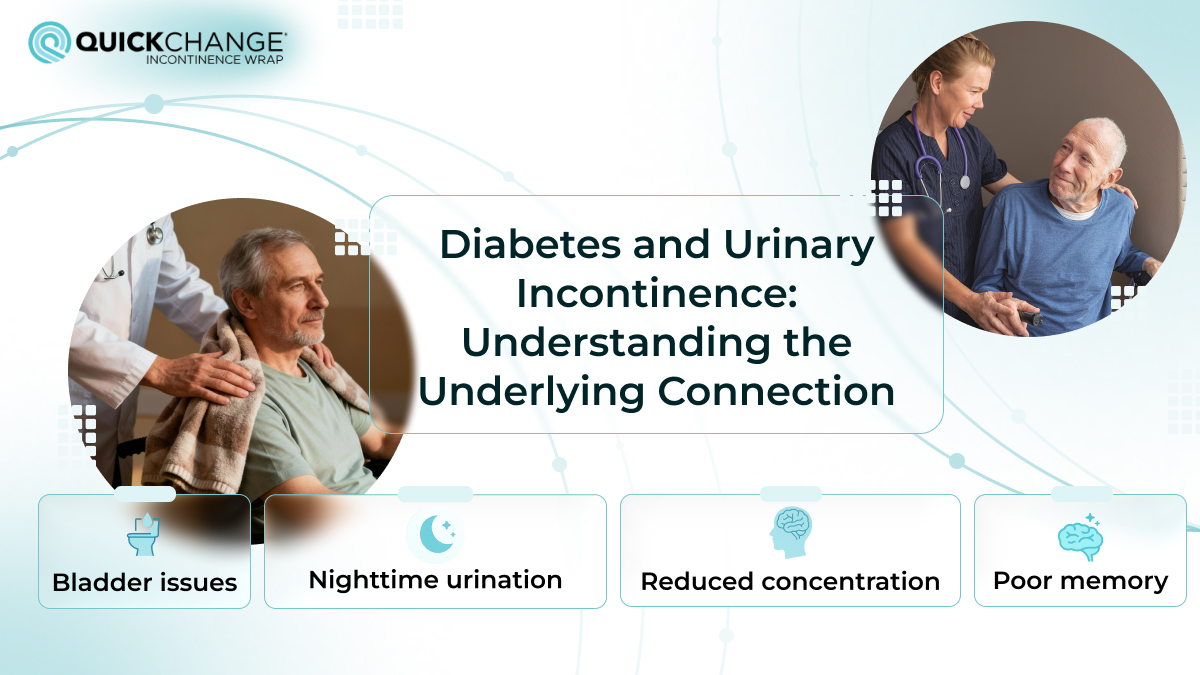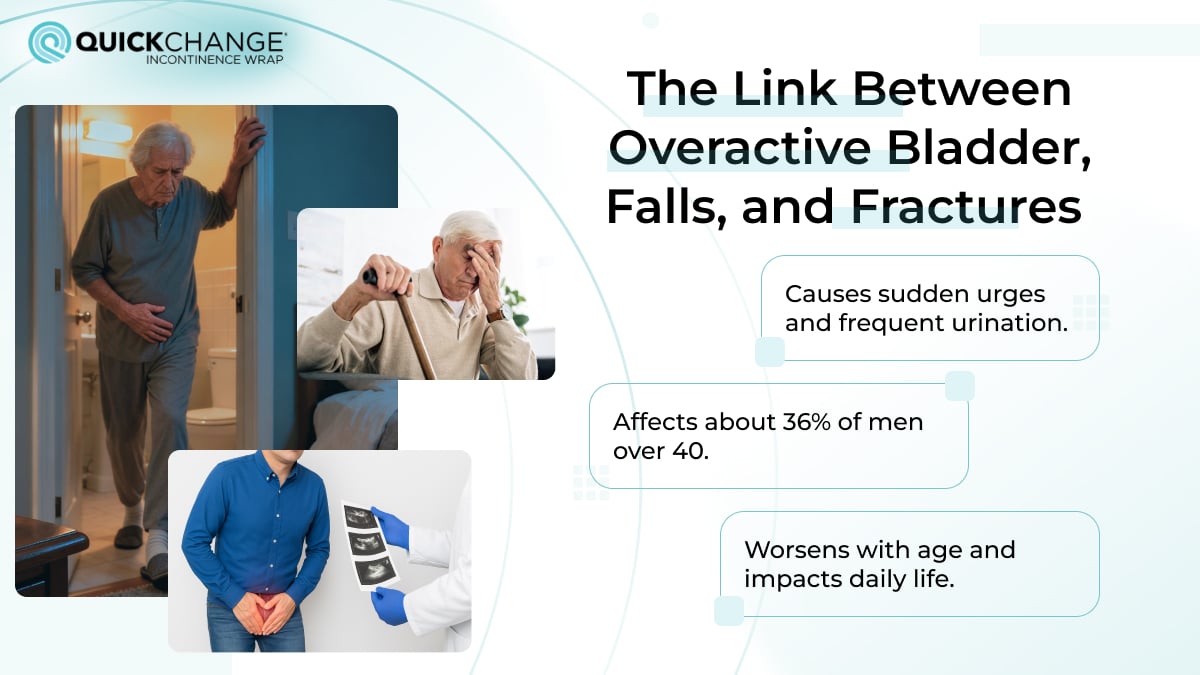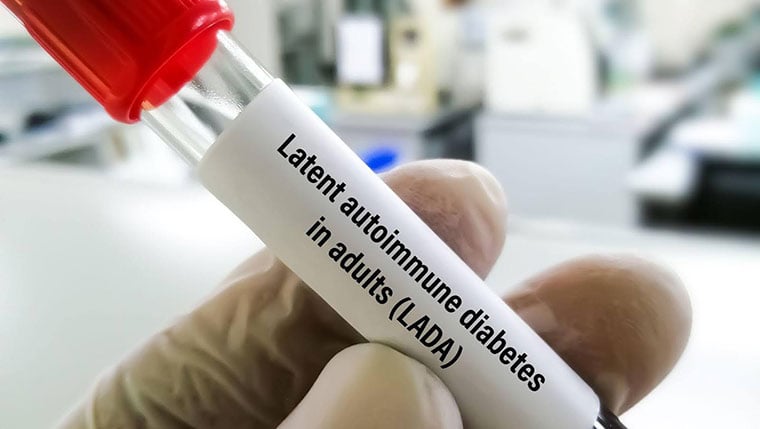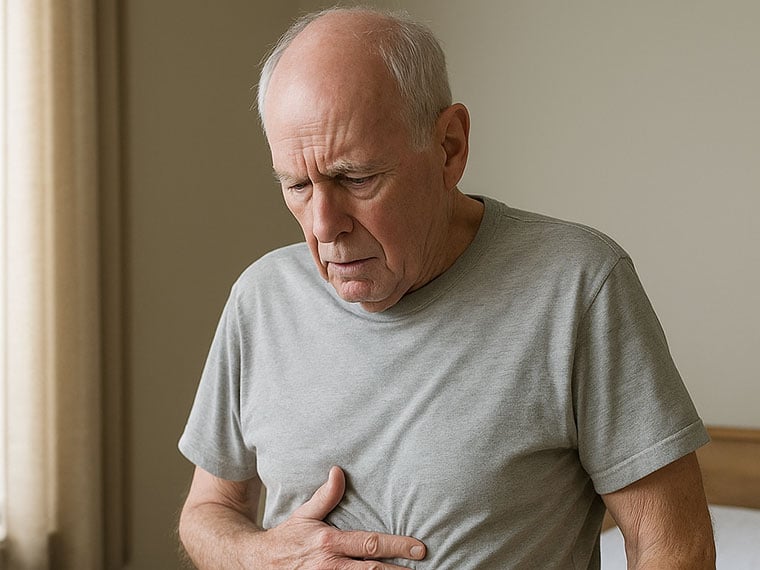Type 3 Diabetes and Urinary Incontinence: Understanding the Underlying Connection
While most people are familiar with types 1 and 2 of the condition, not everyone has heard of type 3. Scientists introduced this term relatively recently and often use it to talk about brain function, memory, and various cognitive processes. Type 3 diabetes can develop quite imperceptibly, with a person experiencing multiple changes ranging from impaired thinking and concentration to decreased mood and energy levels. Over time, physical symptoms may also appear, such as urinary incontinence or problems with bladder control.









